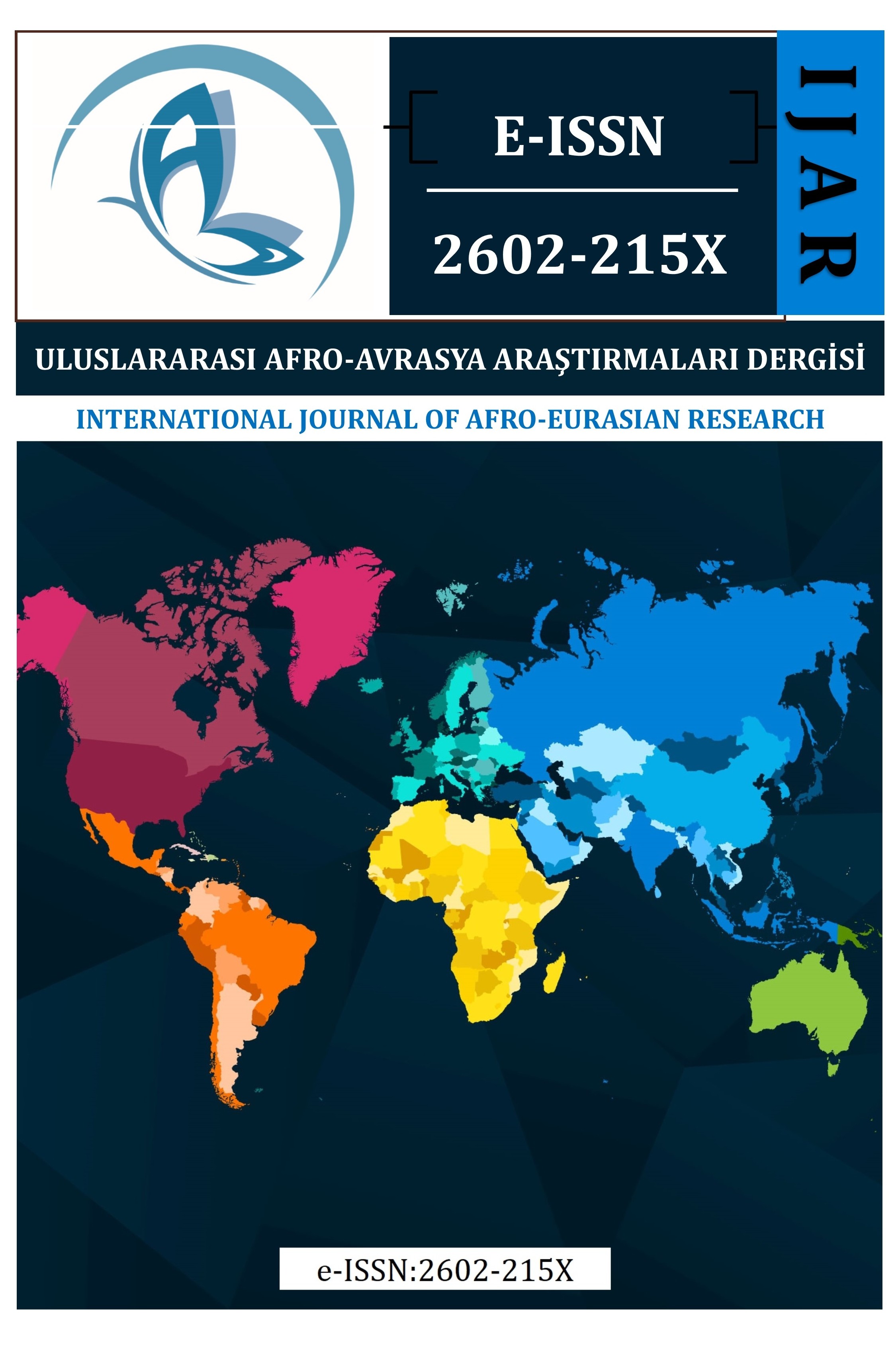DOLAYLI BİR ÇEVİRİ OLARAK “THE SIEGE” İSMAİL KADERE’NİN İNGİLİZCESİ
Dolaylı çeviri, çeviri konusunda eski bir gelenektir ve günümüzde hala devam etmektedir. Arnavutluk'ta, Arnavutça’dan İngilizceye çeviri konusunda, Kadare’nin eserlerinin çoğunda dolaylı çeviri olgusuyla karşı karşıyayız, çünkü tercüme edildiler ve Fransızca’dan Arnavutça’dan ilk çevirileriyle İngilizceye çevrildiler. Belge, “dolaylı çeviri” kavramını, bu tür çevirilerin arkasındaki sebep ve dezavantajları açıklamayı taahhüt eder ve çeviri tarihi boyunca mevcut olduğunu ve çevirilerin şu anki durumunda hala belirgin olduğunu gösterir. Dahası, Kadare’nin eserlerini İngilizceye çevirme olgusuna odaklanır ve dolaylı çevirinin açık bir örneği olarak “Kuşatma” eserinin çevirisinden örnekler verir ve gelecekte bu fenomene meydan okumak için bazı fikirler sunar. Her ne kadar bu tür bir çeviri en iyi ve ideal seçenek olarak kabul edilmese de, çeviride yabancı edebiyatla ilgilidir ve yakından ilgilidir. Bununla birlikte, başarılı ve saygın dolaylı çevirilerin tarihi boyunca, daha az iyi hatırlanma eğiliminde olmalarına rağmen, başarısız ve yetersiz doğrudan çevirilerin tarihi boyunca geniş kanıtlar vardır. Bu yazıda ima edilen genel fikir, Kadare'nin çalışmalarının doğrudan ya da dolaylı çeviriler olarak yapılmasına rağmen, halklar ve kültürleri arasındaki iletişimi kolaylaştırmasına rağmen, çeviri kaybını ikiye katlamaları, ancak bu gerçeğe rağmen alternatif seçenekler olarak kabul edilmeleri gerektiği, mükemmel seçenekler olarak kabul edilir.
ENGLISHING OF ISMAIL KADARE’S “THE SIEGE”AS AN INDIRECT TRANSLATION
Indirect translation is an old tradition in translation and still occurs nowadays. In Albania, as regards translation from Albanian into English, we are facing indirect translation phenomenon for most of Kadare`s works, since they have been translated and are being translated into English through their first translation from Albanian in French. The paper undertakes to explain the notion of “indirect translation”, reasons and disadvantages behind this sort of translation and shows that it has been present throughout the history of translation and is still evident in the current situation of translations. Moreover it focuses on the phenomenon of Kadare’s translated works into English, providing examples from the translation of the work “The Siege”, as a clear example of indirect translation and provides some ideas to challenge this phenomenon in the future. Although this sort of translation is not considered as the best and ideal option, it is present and is closely related with foreign literature in translation. There is, however, ample evidence throughout history of successful and highly esteemed indirect translations, as well as of failed and inadequate direct translations, even though they tend to be less well remembered. The overall idea implied in this paper is that although translations of Kadare’s workseither as direct or indirect translations facilitate communication between peoples and their cultures, they double the translation loss, but despite this fact they should be accepted as alternative options, but they should not be considered as perfect options.
___
- Bellos, David, (2005), The Englishing of Ismail Kadare, Notes of a Retranslator, The Complete Review, Volume VI, issue 2 may 2005
- Bellos, David, Twice Removed, The Baffling Phenomenon of the Translated and then Re-Translated Text, Volume IV, Issue 4 – November 2003
- Elsie, Robert, Gazeta Shqip, 06.01.2008
- Kadare Ismail Kwshtjella, Onufri, (2003),
- Kelly, L. G. The true interpreter: A History of Translation Theory and Practice in the West, Oxford: BasilBlackwell, 1979, pp 109
- Landers E. Clifford, Literary Translation: A Practical Guide, 2001
- Magnus Linklater, Ismail Kadaré: lost in translation?, The Times, June 29, 2005
- Qvale, Per, Frau Hieronymus til hypertekst. Oversettelse i teori og praksis, Oslo:Ascheoug, 1998
- St. André, James, Relay, Mona Baker and Gabriela Saldanha, ed. Routledge Encyclopedia of Translation Studies. 2nd ed. London-New York, 2008.
